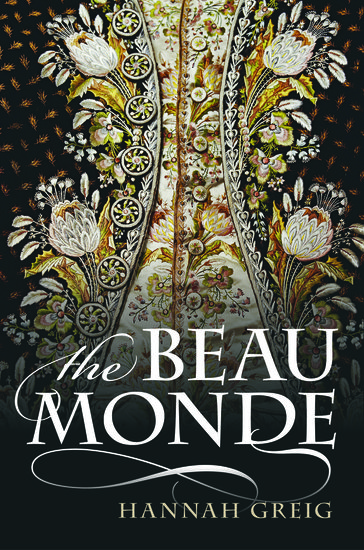Using voice recognition software in oral history transcription
I sat down with Samantha Snyder, a Student Assistant at the University of Wisconsin-Madison Archives, to talk about her work. From time to time, the UW Archives has students test various voice recognition programs, and for the last few months Samantha has been testing the software program Dragon NaturallySpeaking. This is an innovative way of processing oral histories, so we were excited to hear how it was going.










